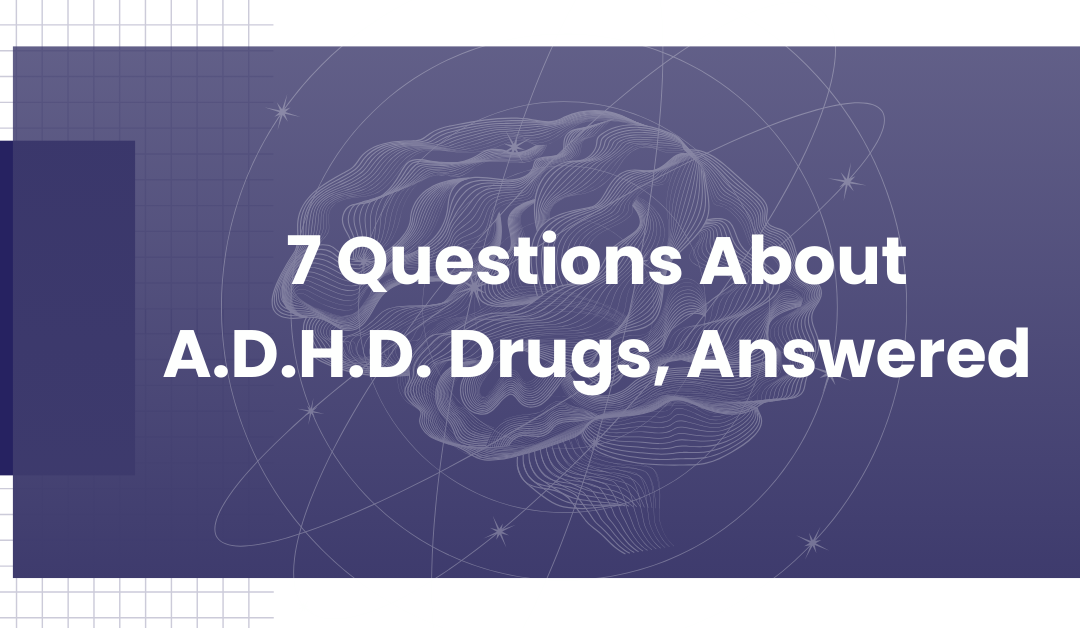
APSARD Newsletter March 2025
The APSARD March 2025 Newsletter is now available! Click the button below to access.

The APSARD March 2025 Newsletter is now available! Click the button below to access.

The APSARD February 2025 Newsletter is now available! Click the button below to access.

The APSARD January 2025 Newsletter is now available! Click the button below to access.

With the confusion around the safety, efficacy, and side effects of the various medications used to treat A.D.H.D., former APSARD Presidents, Drs. Lenard A. Adler, Jeffrey Newcorn, & Anthony Rostain spoke with the New York Times to talk about these concerns, and how doctors can ensure that patients are being given the appropriate level of treatment for their symptoms.
Read article: https://www.nytimes.com/2025/03/27/well/mind/adhd-adderall-ritalin-stimulant-facts.html

An important nation wide study published in JAMA that evaluated the overlap of Autism and ADHD in American adults.
Autistic adults were found to have high rates of co-occurring ADHD and negative health outcomes such as cardiovascular disease and injury were significantly higher in those with combined Autism and ADHD. Of note, treating ADHD appeared to improve overall health outcomes in this population.
Read article: https://apsard.org/wp-content/uploads/2025/02/Autism-ADHD-Adults-JAMA.pdf